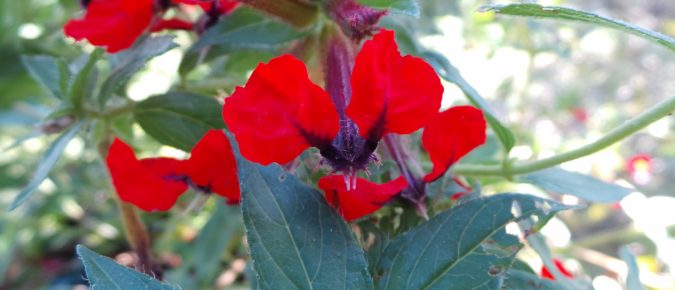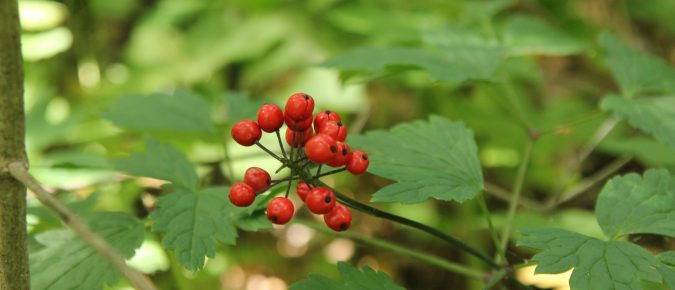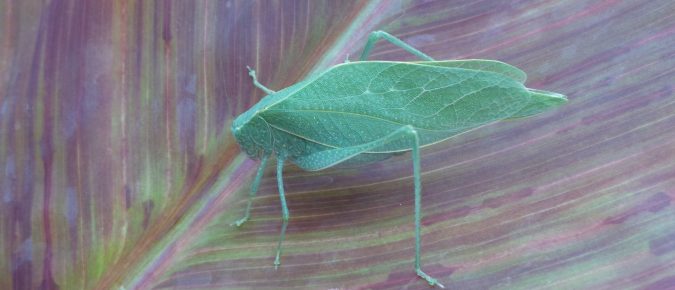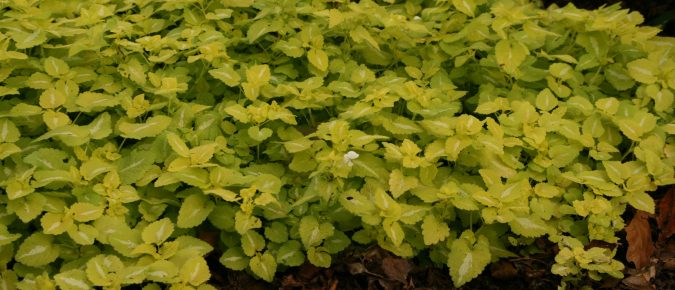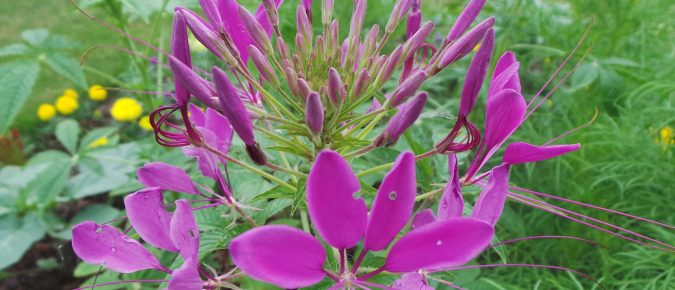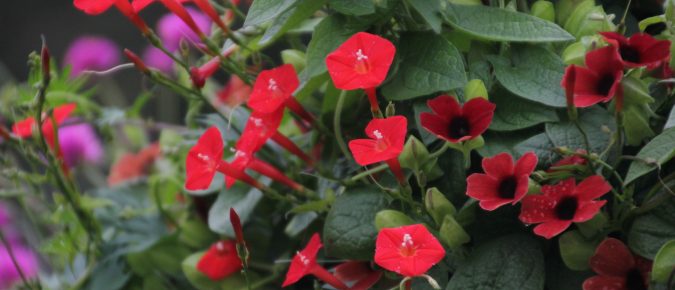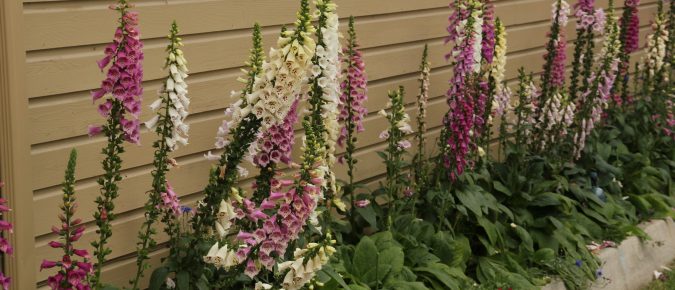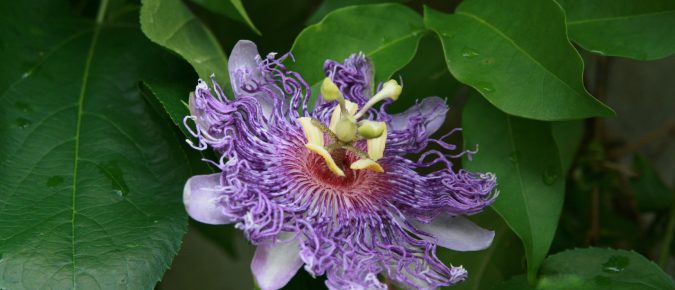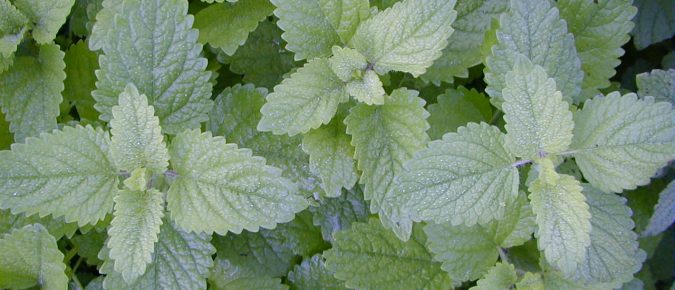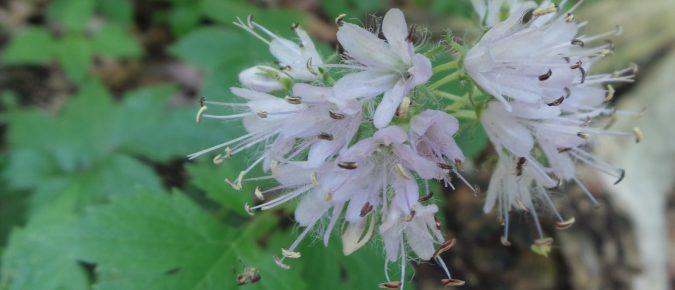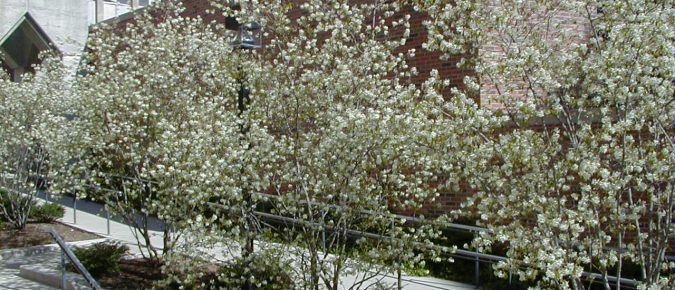Articles
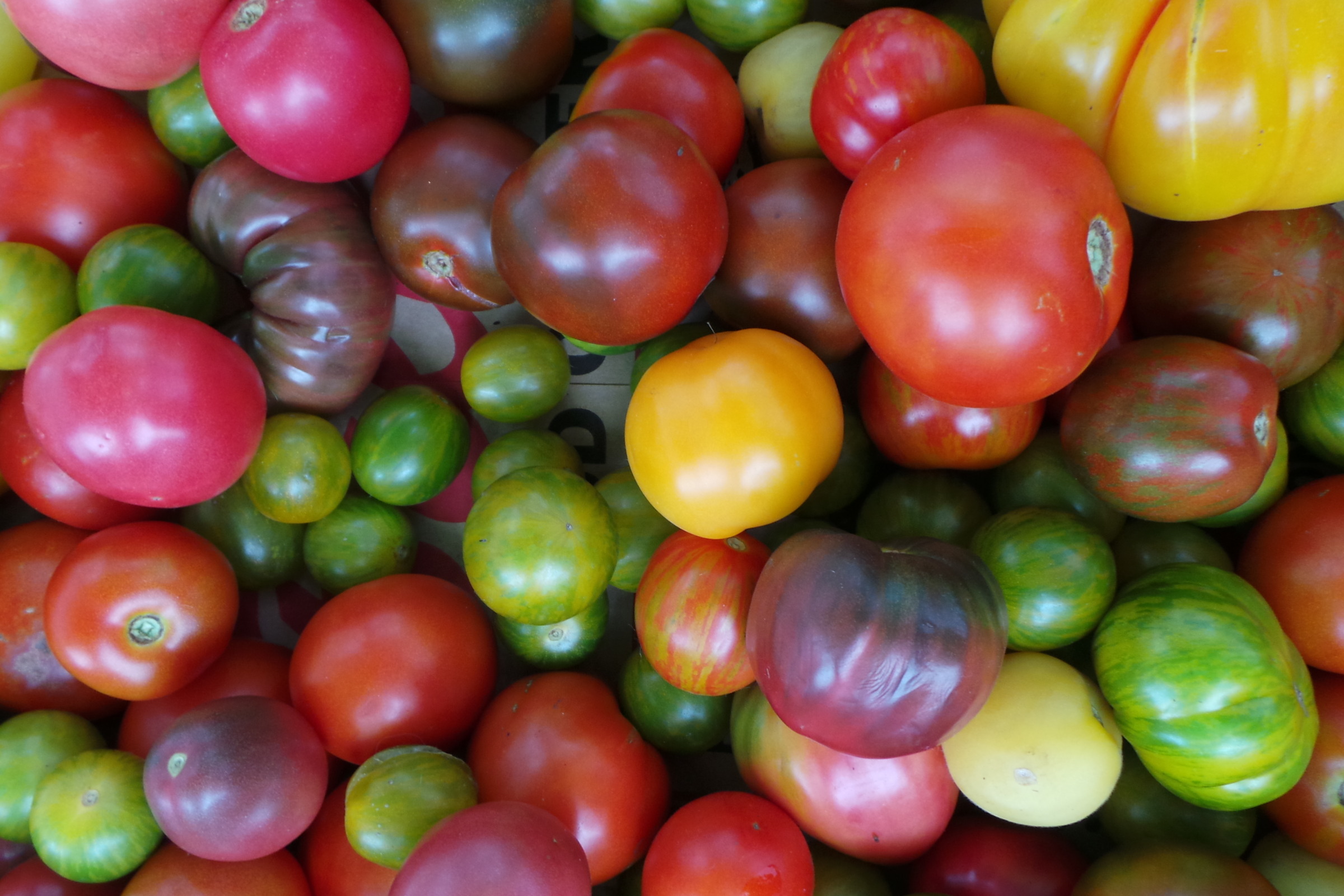
Gardening Articles
Research-based horticulture information to help keep your plants and gardens thriving.
Bat-faced cuphea, Cuphea llavea
At this time of year Halloween-themes dominate, with pumpkins, ghosts and bats abounding, so in that spirit here’s a Halloween-themed flower: bat-faced cuphea. The name comes from the resemblance of the unique flowers to a little bat face when viewed from the right angle. Learn more about this Mexican native which is often offered as an annual in cool climates…
Baneberry, Actaea spp.
With finely cut foliage that remains attractive through the growing season and conspicuous fruit which provide ornamental interest into the fall, red baneberry and white baneberry are two similar woodland plants that can be great additions to shady gardens. These species do have poisonous fruit, so need to be used with caution. Learn more about these native perennials …
Katydids
Katydids are one of the many creatures buzzing, trilling and chirping away in the summer night insect chorus. These cricket and grasshopper relatives are fairly large insects, but often overlooked because they come in colors and shapes that blend in with their environment to prevent predation. Learn about the main groups of katydids and some interesting facts about these plant-eating insects…
Spotted deadnettle, Lamium maculatum
Look no further than spotted deadnettle for a tough but showy groundcover. With variegated leaves that shine in shade and a long bloom time, Lamium maculatum is an eye-catching plant throughout the year. Choose from cultivars with green and white striped or silver leaves and white, purple or pink flowers. Learn more about this adaptable, low-growing perennial in this article…
Spider flower, Cleome hassleriana
Spider flower is fast growing, self-seeding annual with delicate and airy flowers in showy, exotic looking heads of pink, white or purple. These eye-catching plants provide a splash of color from summer through frost when planted in mass or as a backdrop for shorter companions in the annual or mixed garden. Learn more about this cottage garden favorite in this article…
Cardinal Climber, Ipomoea sloteri
Looking for a vigorous annual vine to quickly cover a trellis, fence or arbor? Cardinal climber offers attractive, ferny foliage and bright red flowers later in the season which are very attractive to hummingbirds. Learn more about this heirloom ornamental with few pests and little maintenance requirements in this article…
Common foxglove, Digitalis purpurea
With tall, showy spikes of tubular pink or purple flowers with speckled throats, common foxglove is a common addition to informal gardens for vertical interest. This biennial from Western Europe forms a rosette of leaves the first year and blooms in the second year. Learn more about Digitalis purpurea – the original source of the heart medicine digitoxin – but also considered an invasive weed in many places…
Damsel Bugs, Family Nabidae
You likely have some beneficial predators in your garden that you’ve never paid attention to. Damsel bugs are slender, tan-colored bugs that look a lot like assassin bugs or other plant bugs that feed on plants. But all of the damsel bugs, or nabid bugs in the Family Nabidae, are predators. To learn more about this good guy that eat aphids, caterpillars and more, read this article…
Amazing Flowers
Everyone has a vision of what a “flower” looks like, but plant flowers are extremely variable and come in all shapes, sizes, colors, and configurations. Take a virtual tour of a dozen weird and wonderful flowers, each from a different plant family, and learn about some of their interesting characteristics, pollinators, or uses. No daisies here…
Lemon-scented Plants
If you want to add some lemon zest to your garden, but can’t grow a lemon tree, consider trying some lemon-scented herbs or other plants. This article covers plants that have scents suggesting lemons.
Virginia waterleaf, Hydrophyllum virginianum
With attractive flowers and foliage, Virginia waterleaf is an herbaceous perennial of moist deciduous forests that blooms a little later than most spring-blooming wildflowers in woodlands. The common name comes from the variable markings on the leaves which resemble water spots. Learn more about this native plant in this article…
Serviceberry, Amelanchier spp.
If you’re looking for a small tree with attractive white blossoms in spring and small fruits that can be food for animals or humans, consider one of several species of serviceberry. To learn more, read this article…

